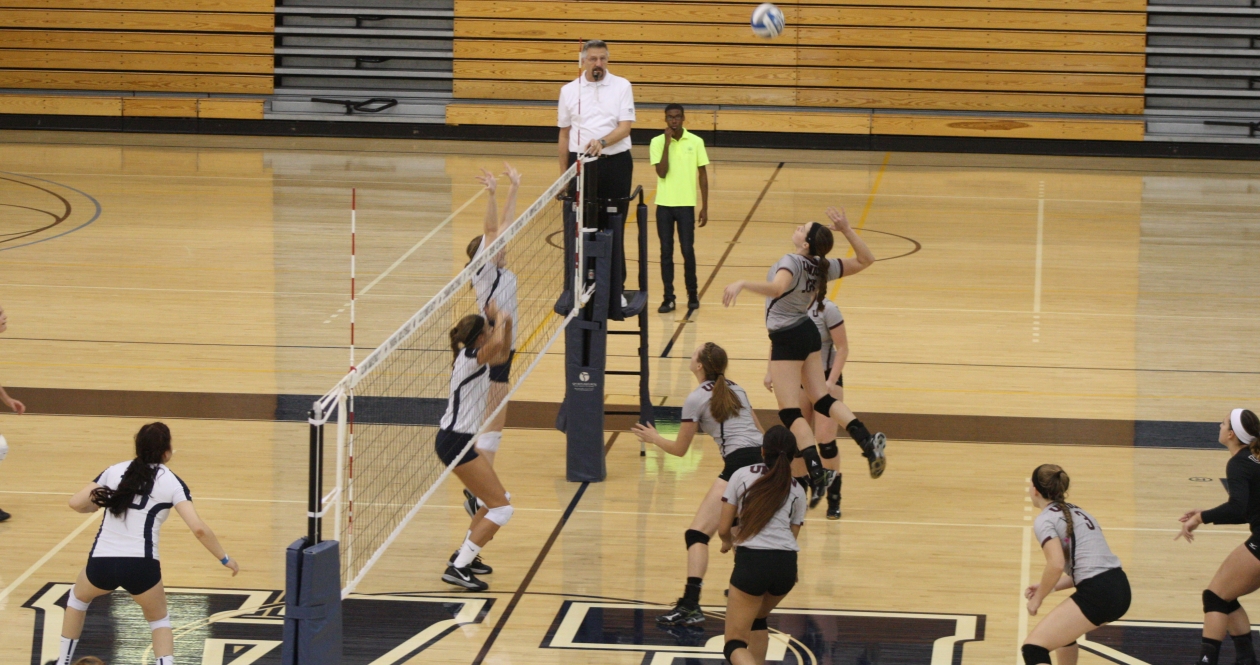Waiting for my FSR’s to come in, week seven consisted of research for my ethics section of my paper. The main discussion is how the technology will be implemented into the game of volleyball. To look more into this I looked up the history of Hawk-Eye, the in and out line monitoring system for tennis.
Tennis is an old gentleman’s game, and therefore unreceptive to modernization. Honor and truthfulness have been at the heart of this game for many years. Whether an amateur player is calling the shots or a professional line judge is, the game has always been judged by just the human eye. Therefore, the implementation of this modern system, Hawk-Eye, took a while to be accepted into the sport of tennis. It was not until the 2004 U.S Open that clarified the need for the new technology. Serena Williams was playing against Jennifer Capriati and several bad calls were made against Williams. With the help of high definition TV replays, it was clear that the professional judging officials made some unfair calls. As a result, the chair umpire was dismissed from her post and any future dealings with the U.S Open. In 2007, Hawk-Eye was finally used to settle tough line calls at major tennis tournaments around the world.
The Hawk-Eye has been set up to be a system that aids the stress of the umpires and line judges. Other than the challenging acceptance into sports, there are other issues with this technology. With Hawk-Eye installed the judges have become more and more hesitant when making calls. Because players have the ability to challenge the close calls, the officials have stopped making the calls they are supposed to be making. This is an issue the officials need to adjust away from and realize that the technology is there to reduce the stress of calling the lines.
Other than the acceptance of the technology and the hesitation of the officials, Hawk-Eye also has issues with its price. The technology uses 10 high speed cameras to track the movement of the tennis ball to a computer, which is then relayed to another computer to display the trajectory of the ball. Overall, the Hawk-Eye line monitoring system is about $400,000 for one court. Therefore, the richer tournaments and stadiums are the ones that can afford the technology.
Hawk-Eye gives parallel insight on the possible issues that could come up with the in and out line monitoring system for volleyball. The most important issue that Hawk-Eye faced was the acceptation of the technology into the game. Some may argue that bad line calls are a part of the game of volleyball. Volleyball has been around for decades and line calls have played only a small factor of the game. Players have had to cope with bad calls through mental toughness and that is a part of being a good player. But, most players and coaches agree that questionable line calls can change the whole outcome of the game. Melissa DeRan, head coach of the Bates women’s volleyball team and a previous division one volleyball player at UMASS Lowell comments on line judges, “the line judges are a constant concern for me at the level I work with…It is heart wrenching to have a call be the deciding factor of an important game”. It is clear that a line calling device is needed, but the implementation past the volleyball governing bodies may be difficult to accept considering the history of the game.
Another issue to learn from Hawk-Eye is how the officials will deal with the technology. Today, officials get screamed at by fans, players and coaches if they have misjudged a call. This fear adds a lot of stress to lines judges as well as the head and down referees. If a line monitoring system was installed, the officials may also hesitate on calls and slack off on their duties as line judges. Because lines judges have more duties than just calling the lines, other calls may lack in accuracy as well.
The line monitoring system has economic issues like Hawk-Eye. It is difficult to create a line monitoring system that is cheap. The in and out line monitoring system is budgeted at $5,200 for a whole court prototype. Even if mass produced, the price would still be high and therefore the product would be limited to the gymnasiums, organizations and schools that can afford it. Like the Hawk-Eye, the line monitoring system for volleyball would be too expensive for use other than professional and high collegiate.
